Performance and battery life
So, you have decided to choose your
accessories, wrestling with Razer’s launcher and persuaded yourself that you
are tough enough to endure the intricacy caused by the tablet. All of those
things converge on just one question: What could you play? It turns out to be pretty
many. The Razer’s premium Edge Pro (what we are testing) owns an Intel Core i7-3517U
processor 1.9 GHz (3 GHz with Turbo Boost), 8 GB DDR3 RAM and Nvidia GT640MLE
GPU. In games, their performances are showed in the frame rates that are
playable from the medium to high level, at least for most of the games. Two
exceptions are not at all surprising: Crysis 3 and the Witcher 2, which are
well-known for boosting the hardware to its limit, and none of them can run
well on the Edge.
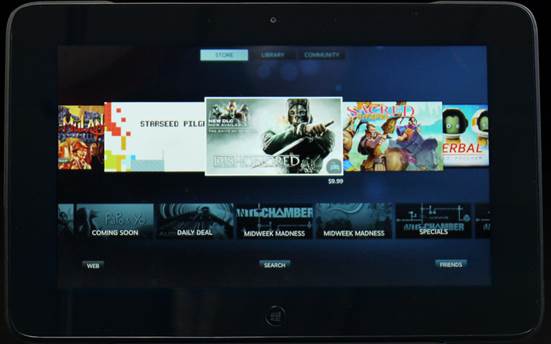
The
game mode
At the tablet’s natural resolution of 1,366
x 768, these games produce the average rate of 25 fps, and it is impossible to
remain the average from 30 fps or more until they are reduced to the resolution
of 1,280 x 600. The Crysis 3 owns a relatively good resolution, but the Witcher
2 becomes a mess due to the loss of fidelity. The better jobs are recorded for
the rest of our library: on high settings, Skyrim and Black Ops II bounce
between 30 fps to 60 fps, depending on the density of actions happening on the
screen, and Battlefield 3 and Far Cry 3 reach a quite high average speed at the
mid-range settings. Some games do not require any change. Dishonored achieves
60 fps at high settings, and Team Fortress 2 runs at the rate of 65 fps, and
usually increases to 100 fps in close room. TF2 does a good job on everything. The
Edge struggles with some senior games. However, with appropriate settings and
adjustments, all games that we mentioned above would run smoothly.
Razer
Edge Pro (Core i7-3571U 1.9GHz, Nvidia GT640M LE 2GB)
·
PCMark7: 4,949
·
PCMark Vantage: 13,536
·
3DMark06: 10,260
·
3DMark11: E2507/P1576
·
ATTO (highest disk speed): 409MB/s (reads);
496MB/s (writes)
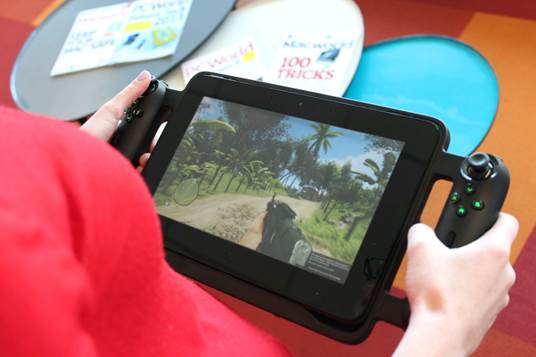
Razer
Edge Pro
Acer
Aspire Timeline Ultra M5 (Intel Core i5-3317GHz, 1.7GHz, Nvidia GeForce GT640M
LE 1GB)
·
PCMark7: 7,395
·
PCMark Vantage: 9,821
·
3DMark06: N/A
·
3DMark11: N/A
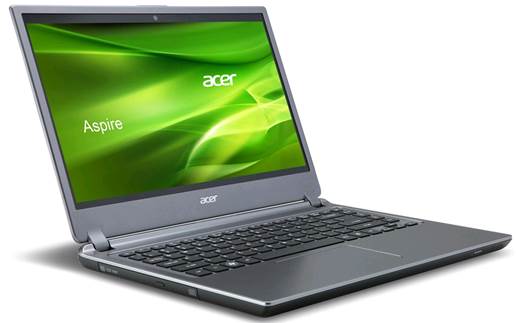
Acer
Aspire Timeline Ultra M5
Acer
Aspire Timeline Ultra M3 (Intel Core i7 2637M1.7GHz, Nvidia GeForce GT 640 1GB)
·
PCMark7: N/A
·
PCMark Vantage: 11,545
·
3DMark06: 2,763
·
3DMark11: N/A
·
ATTO (highest disk speed): N/A
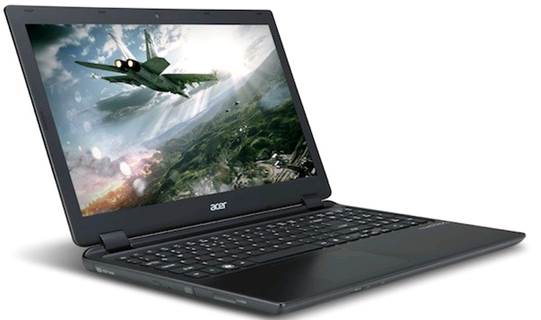
Acer
Aspire Timeline Ultra M3
Dell
XPS 12 (Core i5-3317U 1.7 GHz, Intel HD 400)
·
PCMark7: 4,673
·
PCMark Vantage: N/A
·
3DMark06: 4,520
·
3DMark11: N/A
·
ATTO (highest disk speed): 516MB/s (reads);
263MB/s (writes)
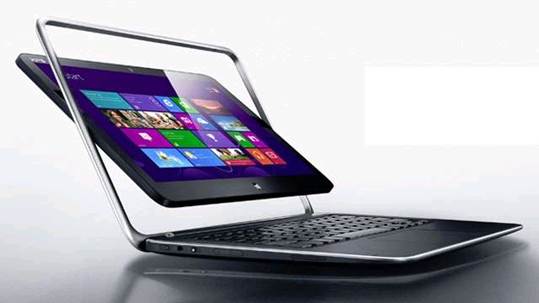
Dell
XPS 12
Acer
Iconia W700 (Core i5-3317U 1.7GHz, Intel HD4000)
·
PCMark7: 4,580
·
PCMark Vantage: N/A
·
3DMark06: 3,548
·
3DMark11: E618/P506
·
ATTO (highest disk speed): 542MB/s (reads); 524
MB/s (writes)
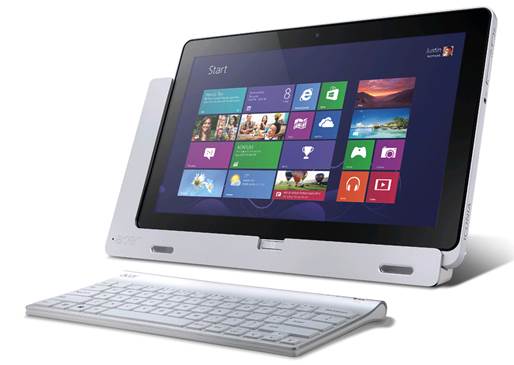
Acer
Iconia W700
Microsoft
Surface Pro (Core i5 3317U 1.7GHz, Intel HD 4000)
·
PCMark7: 4,673
·
PCMark Vantage: N/A
·
3DMark06: 3,811
·
3DMark11: E1019/P552
·
ATTO (highest disk speed): 526MB/s (reads);
201MB/s (writes)
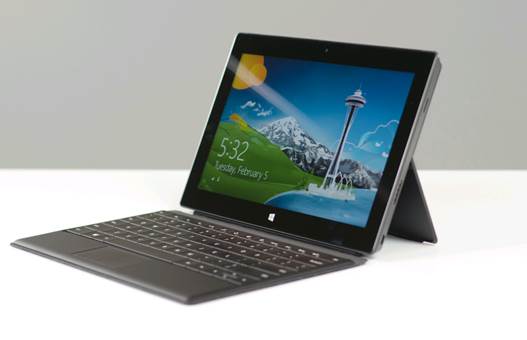
Microsoft
Surface Pro
The Edge also fulfills the job of a
standard Windows 8 tablet. When experiencing the collection of Modern UI
applications of Microsoft at high speed, we have a chance to enjoy every bit of
processing power that is brought by the Ivy Bridge of Intel. The background of
Windows also denies all of our effort to make it stutter, although the
traditional computing environment is somehow inconvenient to manage without the
companion of a keyboard dock.
Our first impression has been confirmed by
a number of synthetic tests: the Edge defeats its rivals with the gap of
hundreds of point in the PCMark7 benchmark, and dominants them in any 3D tests,
many thanks to its dedicated GPU. The 3DMark 06 and 11 scores can be comparable
to a gaming laptop, not just stopping at the level of a typical Windows 8
tablet, but it would not be able to beat a real gaming machine. The original
Razer Blade still leaves it behind with the gap of 1,200 points. The only
component that loses in the battle with other Windows 8 tablets seems to be the
256GB SSD of the Edge, which is defeated by Acer Iconia W700 in the ATTO test.
In fact, it seems to be fast enough for us, booting up within 5 to 7 seconds
and taking under 4 seconds to wake up from the sleep mode. Being too hot to
hold never happens to the Edge when it is running normal apps, but it starts to
heat up when running premium games. However, we do not get burned, and the
gamepad accessory keeps the heat an arm-length away from you.
Since the Fiona project was announced, battery
life has been an avoiding subject. We can understand why. The Edge was used to
its limit of battery during the standard tests of Engadget in three hours and
40 minutes. It is roughly the same as the Surface Pro, but still it has to be
behind the Iconia W700, whose processor is similar but smaller battery. Even
worse, this self-claiming gaming tablet just endures 1 hour and 7 minutes in
game mode before running out of battery. We give this device a second chance by
using the extended battery (sold separately with $69), and its battery life is
indeed extended to 6 hours and a half when playing back videos. However, the
only drawback that we noted is that in terms of playing games, it just reaches
1 hour and 46 minutes of high-performance gameplay.